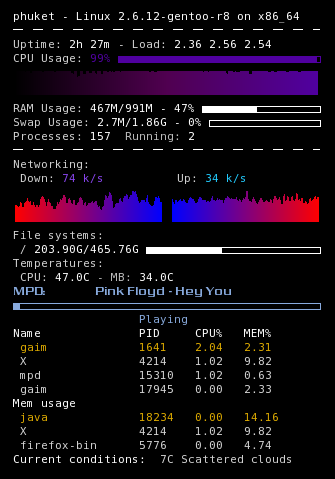
The second option you have is to Clear dentries and inodes – # sync echo 2 > /proc/sys/vm/drop_cachesģ. # sync echo 1 > /proc/sys/vm/drop_cachesĢ. First choice you have is to Clear PageCache only – They are explained below along with the command you need to use to implement them –ġ. With each option, you do not have to intervene in any processes or services. With every kind of Linux system, you get three different choices in order to clear cache Linux. Begin diving into the subsequent sections to get the details. In this article, we will provide insights into the ways employing which you can free or clear cache Linux, Clear Cache in Linux, buffer, and swap space. The best part of the Linux operating system is that it renders the way to flush or free the ram cache if any process eats away your system’s memory unnecessarily. One can state that it has implemented memory administration even more than some of the other leading operating systems. But it is available in the official package repository of Ubuntu 18.04.įirst update the package repository cache of your Ubuntu 18.GNU/Linux operating system has been executing the memory management quite efficiently. memtester is not installed on Ubuntu 18.04 by default. On Ubuntu 18.04, you can use memtester command line utility to check your RAM for errors. But on real computers, it should be something like 1333 MHz or something like that.Īt times your RAM may suffer many issues as semiconductor devices like RAM are very fragile.

I don’t have the speed of my RAM listed here as I am using a Virtual Machine. As you see from the marked section of the screenshot below. You can also find out the clock speed or speed of the RAM installed on your machine using the dmidecode command. As you can see from the screenshot below, the type of RAM installed on my Ubuntu 18.04 machine is DRAM. Just scroll down a little bit and you should find information about your RAM. You can press the and arrow keys to navigate this information.

You should see the following window as shown in the screenshot below.

You can check the type of RAM you have installed on your Ubuntu 18.04 machine using the following command: Each of these profile define the clock speed at which the RAM should be running. There are other types of memory for portable devices as well such as SDRAM, DRAM etc.Įvery RAM or memory module these days has different profiles. At the time of this writing, the most widely used RAM type is DDR3 and DDR4. There are different types of RAM available in the market. You can also find out how much RAM is used and how much RAM is available using free command.Īs you can see from the marked section of the screenshot below, the RAM used on my Ubuntu 18.04 machine is 1.5 Giga Bytes (GB) and the RAM available or free is 258 Mega Bytes (MB). As you can see from the marked section of the screenshot below, the total installed RAM on my Ubuntu 18.04 machine is 1.9 Giga Bytes (GB).


 0 kommentar(er)
0 kommentar(er)
